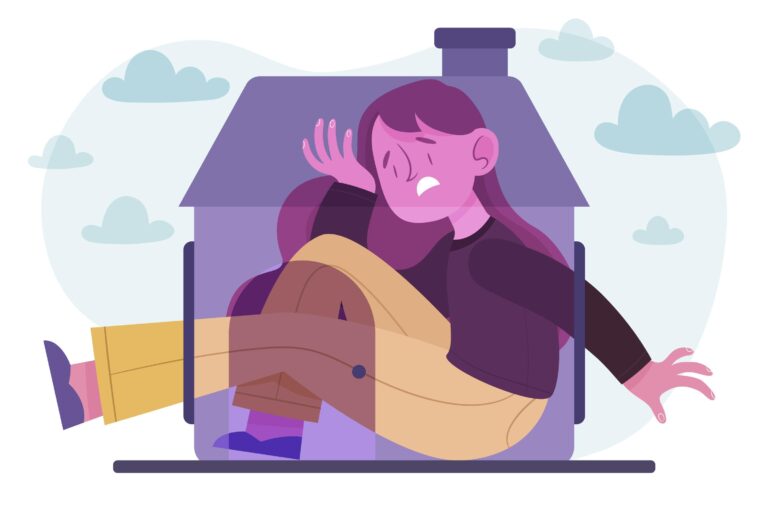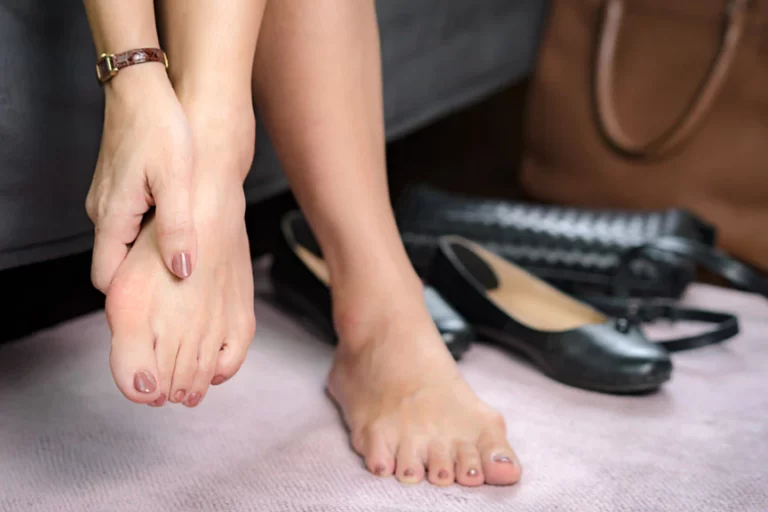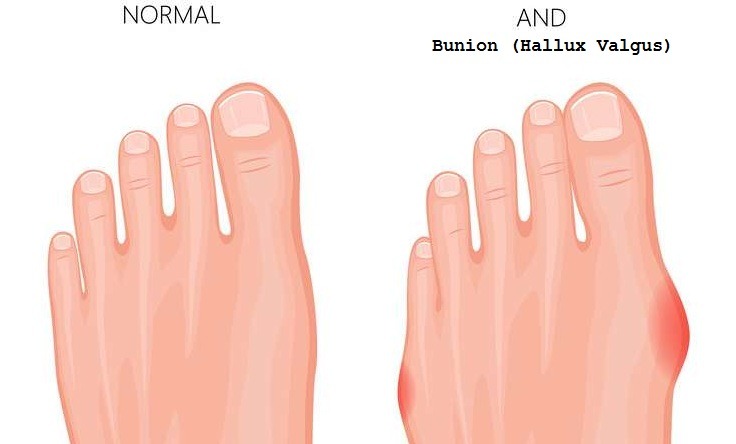Are you suffering from bunions or toe deformity and struggling to find the right footwear that will provide comfort and support? Choosing the right footwear is crucial in managing the symptoms and preventing further deformity. In this article, we will discuss some essential tips to help you choose the right footwear that is comfortable and supportive for your feet.
What are bunions and toe deformity?
Bunions are bony bumps that develop on the joint at the base of the big toe. They can cause pain, redness, and swelling, and make it difficult to wear certain types of shoes. Toe deformity, on the other hand, is a condition that affects the alignment of the toes, causing them to bend or curl inwards or outwards. Both bunions and toe deformity can be caused by a variety of factors, including genetics, footwear, and certain medical conditions. Find out more about bunions (hallux valgus).
Tips for choosing the right footwear for bunions and toe deformity
Choose shoes with a wide toe box
When shopping for shoes, look for styles that have a wider toe box, which will give your toes more room to move and prevent them from being cramped or squeezed. Shoes that are too narrow can exacerbate bunions and toe deformity, causing pain and discomfort.
Look for shoes with good arch support
Good arch support is essential for maintaining proper foot alignment and reducing pressure on the toes. Look for shoes with built-in arch support, or consider adding an arch support insert for added comfort.
Opt for low heels or flat shoes
High heels put added pressure on the toes and can exacerbate bunions and toe deformity. Opt for shoes with low heels or flat soles, which will provide more stability and reduce pressure on the toes.
Avoid shoes with seams or stitching on the toe box
Seams and stitching on the toe box can rub against bunions and toe deformity, causing irritation and pain. Look for shoes that have a seamless design or have stitching that is located away from the toe area.
Consider adjustable shoes
Shoes with adjustable straps or laces can be helpful for people with bunions or toe deformity, as they can be customized to fit your feet comfortably and securely.
Choose breathable materials
Breathable materials like leather or mesh can help keep your feet cool and dry, reducing the risk of skin irritation and blisters.
Get fitted by a professional
It’s always a good idea to get your feet measured by a professional shoe fitter, especially if you have bunions or toe deformity. They can help you find the right size and style of shoe that will provide the most comfort and support for your feet.
Conclusion
In conclusion, choosing the right footwear can make a big difference in managing the symptoms of bunions and toe deformity. By following the tips outlined in this article, you can find shoes that provide comfort and support for your feet. Remember to also consult with a healthcare professional for personalized advice and treatment options. If you are considering bunion surgery, be sure to check out our bunion surgery page for more information.









